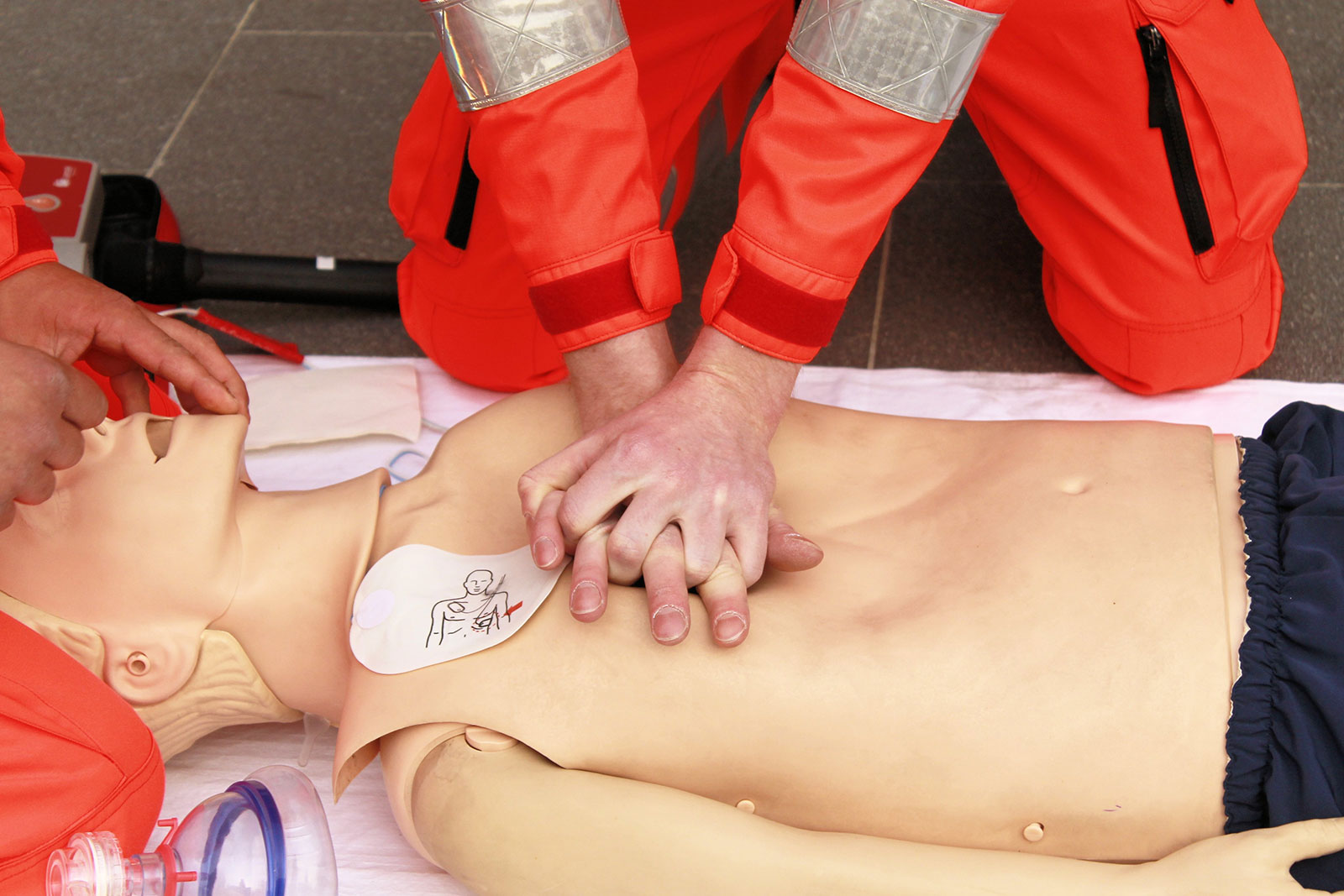
Another 5 years has passed and the American Heart Association (AHA) is working hard to save more lives.
The lay rescuer students I teach in class hate when the AHA changes things up for CPR. I try to assure them that the changes are minor in “the scope of the big picture”, but the lay person wants only to remember one thing; not something new every 5 years. Well, I’m happy to say that “in the scope of the big picture” the AHA has taken out a step; checking for breathing. No longer will they need to “look, listen, feel”; most everything else is just the same.
Having said that, this new change in CPR will scare the already frightened lay person who still worries about not “checking for a pulse”. Now American Heart says not to check for breathing! How will the lay rescuer know for sure that they are, or aren’t, doing CPR on a victim who really needs it. It Cialis Online will be our duty as instructors to convince the lay person that a sudden collapse is almost always Sudden Cardiac Arrest (SCA) and that starting chest compressions on a victim who may end up not really needing it, will not hurt them. It should also be clarified to the lay rescuer that spontaneous recovery is usually very obvious; not a quiet and passive display that causes rescuers to stop valuable chest compressions to re-evaluate.
Lay person sequence for CPR:
Victim collapses or found unresponsive (tap and shout)
Send someone to call 911 and get an AED if available (if no one is there to help, you go call 911 and get an AED yourself if one is available)
Expose the chest and begin chest compressions; press hard and fast, up to 2″ in depth, think of “Staying Alive” song
Turn on the AED when it arrives and follow the prompts.
Jennipher Wilson, EMT
President
Vital Education and Supply, Inc.
Office: 877-558-7377
vital.education@att.net

